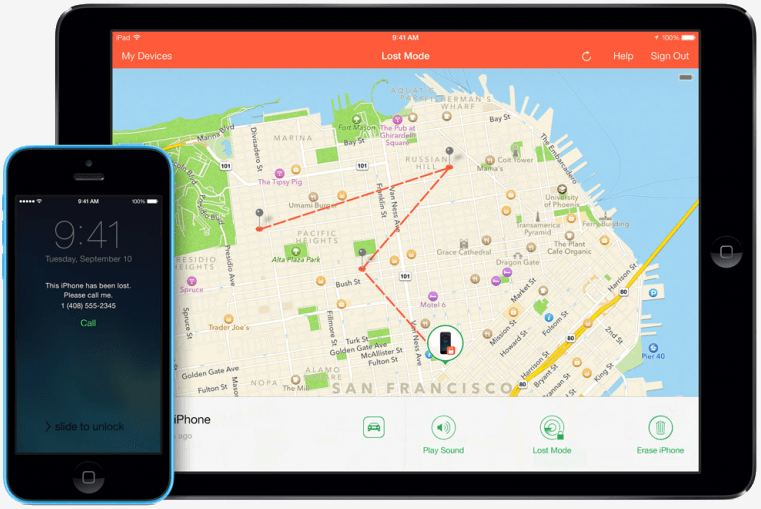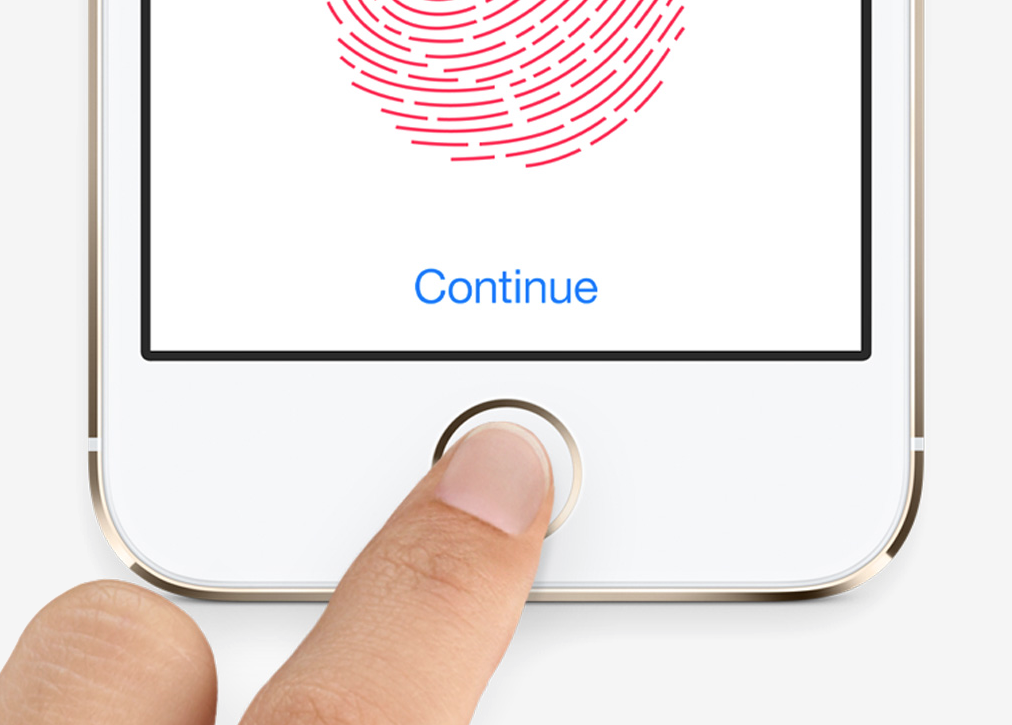A recently published patent application suggests Apple may be looking to take on a more proactive approach as it relates to thefts of its mobile devices.
The patent, dubbed Biometric Capture for Unauthorized User Identification, describes a system that could capture and store biometric information in the event of one or more "trigger" conditions. The biometric data, the patent reads, could include fingerprints, images, video, audio, forensic interface use information and so on.
For example, if someone stole your iPhone, the handset could covertly snap pictures or video of the person trying to unlock the device. What's more, it could store their fingerprints and potentially compare them to an online database to try and figure out who swiped the handset. The system could also silently record audio which could help authorities determine where it might be located.

While such features could be helpful in getting your phone back, they also introduce a wealth of privacy concerns. For a company like Apple that publicly prides itself on user privacy, that's a problem. Furthermore, not all of the data collection methods mentioned are practical given hardware currently on the market.
The fingerprint sensor inside Apple's devices reside in the home button. The odds that a thief would try to unlock a device using the home button are low as their prints obviously wouldn't match the owner's. Furthermore, Apple's Touch ID system requires a user to scan their prints multiple times from different angles to piece together a complete, usable print.
This limitation could change in future handsets as some believe Apple will eventually ditch the home button altogether but that's at least another year away at the earliest.
